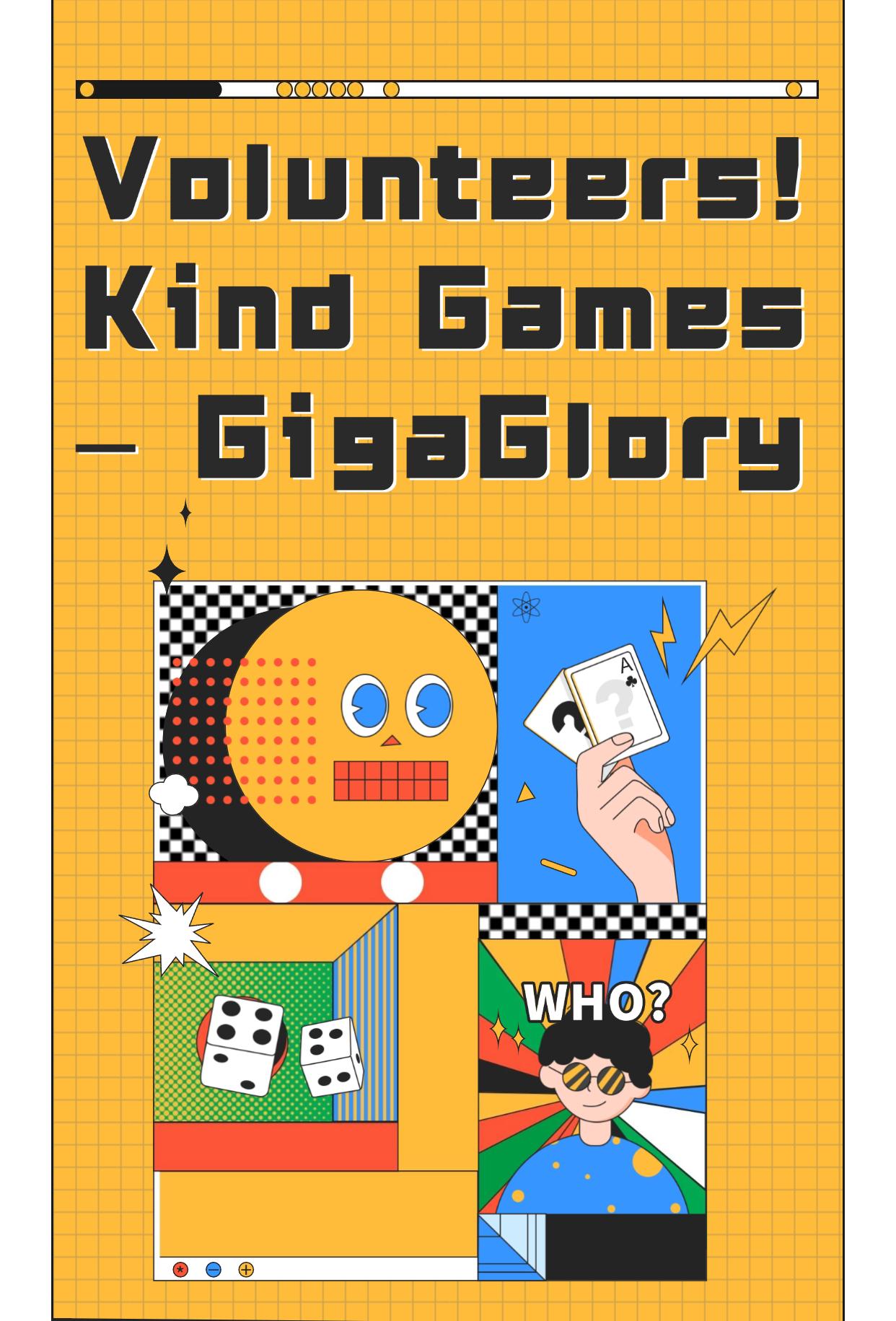Why Idle Games Are Revolutionizing the World of Incremental Gaming
In the vast landscape of gaming, idle games have surged to prominence, captivating millions with their unique blend of simplicity and engagement. As this genre gains traction, it's worth examining how these games are redefining the very essence of incremental games and attracting a diverse audience. From casual players to more dedicated gamers, the allure of idle games continues to grow. But why exactly are they making such a profound impact?
The Rise of Idle Games
Idle games, also referred to as “clicker games” or “incremental games,” require minimal player interaction, allowing progress to occur automatically. Players often make strategic decisions between upgrades while the game continues to run in the background. This revolutionary approach caters to modern lifestyles where players seek enjoyment without the time commitment traditionally associated with gaming. Here are a few reasons for their rising popularity:
- Easy to Understand Mechanics
- Minimal Time Investment
- Endless Progression
A Look at Popular Idle Games
With a myriad of games available, some titles have become unmistakable leaders in the scene. Games like Adventure Capitalist and Cookie Clicker revolutionized the genre, each offering unique features and compelling progression systems. Here’s a brief overview of some of the most popular idle games:
| Game Title | Release Year | Key Features |
|---|---|---|
| Cookie Clicker | 2013 | Fun visuals, upgrades, and achievements |
| Adventure Capitalist | 2014 | Business simulation, competitive mechanics |
| Bitcoin Billionaire | 2014 | Cryptocurrency theme, engaging timelines |
How Idle Games Engage Players
The compelling nature of idle games lies in their ability to engage players without direct interaction. Here are several engagement strategies that idle games employ:
- Progress Through Time: Players can make progress even when they are away, creating a sense of continuous achievement.
- Strategic Choices: Players must make decisions on how to reinvest their earnings, allowing for deeper engagement and thought.
- Social Comparisons: Many idle games include leaderboards and shared achievements, stimulating competition among friends.
Economics of Idle Games
Although they appear straightforward, idle games encapsulate complex economic principles. Players constantly evaluate cost-benefit analyses when deciding on upgrades or investments. This includes understanding the importance of resource management and knowing when to spend or save. This strategic depth attracts players seeking a challenge.
The Future of Incremental Gaming
As idle games continue to gain traction, the future looks bright for incremental gaming. Developers are innovating with sophisticated mechanics and captivating narratives. Many now incorporate aspects such as:
- Expansive worlds with lore - Cooperative multiplayer elements - Interactive storytelling dynamicsThese enhancements aim to draw in a larger audience, making the genre even more relevant.
Addressing Critiques
While the popularity of idle games is apparent, they come with their fair share of critiques. Detractors often argue that such games offer little in terms of skill and engagement. However, this perspective may overlook the evolving landscape of player expectations. Casual gamers often appreciate the relaxed pace and minimal time commitment. Ultimately, it’s about finding what captivates players and offering it in manageable doses.
Conclusion
The transformation brought by idle games in the realm of incremental games is undeniable. They represent a shift towards accessible gaming experiences designed for modern lifestyles. Their ability to engage players with minimal effort while providing deep strategic layers is revolutionizing the gaming industry. For enthusiasts, this is just the beginning of an exciting journey in digital gaming. The question is, where will it lead us next?



